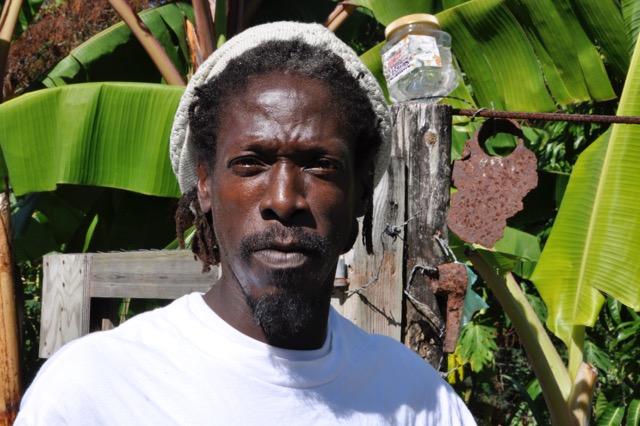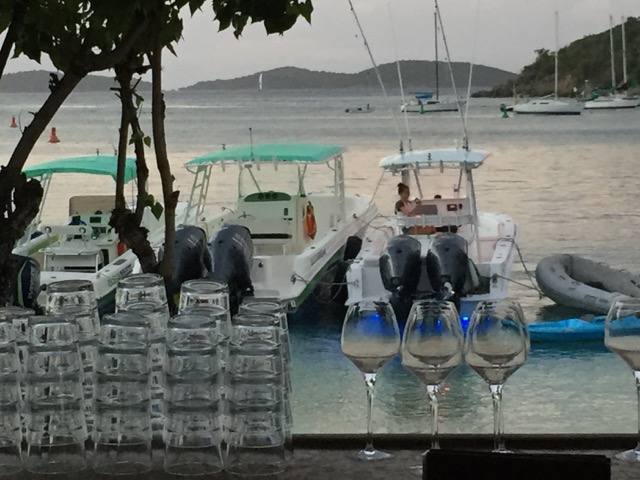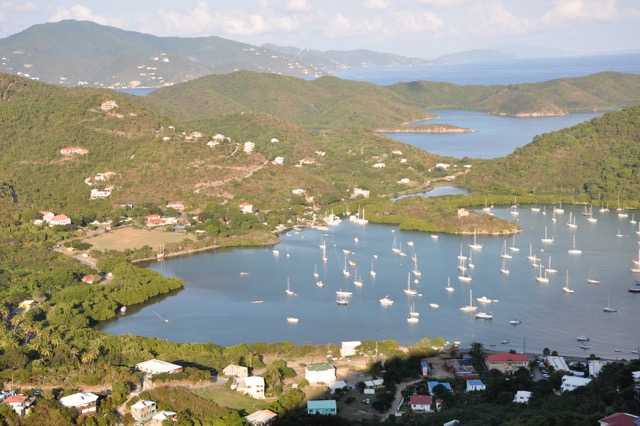St. John, one of the three US Virgin Islands, hosts a year-round population of about 4,300, comfortably tucked into an island of about 20 square miles. By contrast, Manhattan is only slightly larger—23 square miles—and boasts more than 1.6 million full-time residents.
In New York, change happens in, err, a New York minute. On St. John, things change slowly; they call it “island time.” Still, if you want to see this gem—or any other dreamy destination on your bucket list—you better hurry. I’ve been visiting this island for 25 years—including one BreakAway that lasted five months—and the evolutions are often alarming.

25 years ago, what struck me most deeply? The culture, starring a bold, boisterous, colorful native West Indian population. They ran things, and as a guest, you followed their protocols and learned their ways—which had little in common with how things operate in, say, New York or Sioux City. Their society featured its own diversity, of course, from devoutly conservative Christians to fearless Rastas; from devoted businesspeople to the drunk, addicted, and downtrodden.
But on the whole, they ran things, and were omnipresent. Now? They can be hard to find. Shacks and shanties sit abandoned. Few kids run in the streets or shoot hoops in the public court—where the cement buckles and the broken rims rust. Their waterside hangouts and watering holes are shuttered. Their rambunctious roosters and raging reggae may have made sleep difficult, but louder still is the sound of this relatively bland silence.
Same holds true for the Salty Dogs—idiosyncratic characters who came here to escape something or somebody, drain Daddy’s trust fund, or chase some dream. Pirate Willy finally passed; his crusty blue Jeep no longer announcing his presence. Gift-shop-owner Marlene has disappeared, while a faded “For Rent” sign remains on her door. Health issues made the charismatic couple who hosted day sails and raised a family on their gaff-rigged ketch head stateside for good. And three delightful waterside restaurants rot in the sea air—their one-time proud owners (and immense investments) long gone.

Back in the day, a smattering of houses sprinkled the lush, green hillsides that overlook enormous Coral Bay. A few intrepid bars, eateries, and shops carried on—when they could get the goods or the power worked or they felt like opening up. Now, needless to say, Coral Bay features dozens of establishments (and also dozens that have died). And hundreds of homes, most of them mansion-esque, perch on the hillside and rent for thousands per week.
Next? Nobody knows. But for starters, two competing, massive marina proposals (one featuring federal funding) are snaking their way through the bureaucracies. Hey, progress happens. At some point, somebody will pave this paradise and put up a mega-yacht dock, a fancy clubhouse, and, of course, a parking lot.

When that marina shows up, mangroves, water quality, and creatures and critters of all kinds will pay a price. But you don’t need to wait to see the sad decay caused by development, climate change, and over-loving of the island.
Snorkeling? Some say the coral and sea life are 70% reduced from only 30 years ago—and my experience dubs that an under-estimate. Beaches? Rising waters and increasingly violent storms have reduced sand and ravaged plants; there used to be countless coconut palms—now they are rare. Seafood? One might think these remote islands would promise bounteous and cheap feasts. But no: The edible seafood is virtually non-existent, or often protected as endangered species. The restaurants usually ship their tuna, salmon, and mahi-mahi from New York.
Yes, the seafood comes from Manhattan. An island about this size, but somehow accommodating about 430 times more humans. And a massive seafood market.
Go figure. In fact, go. Just GO! Go to the Caribbean, to Vietnam, to Spain, to Manhattan to the Grand Canyon, to Grandpas, cabin, and to whatever happy place remains your favorite or has been calling your name like some distant parrot (that may be at risk).
The longer you wait, the more it may not look like that picture in your mind or on your screen-saver.
But the sooner you go, the more likely you’ll find what you’re looking for.